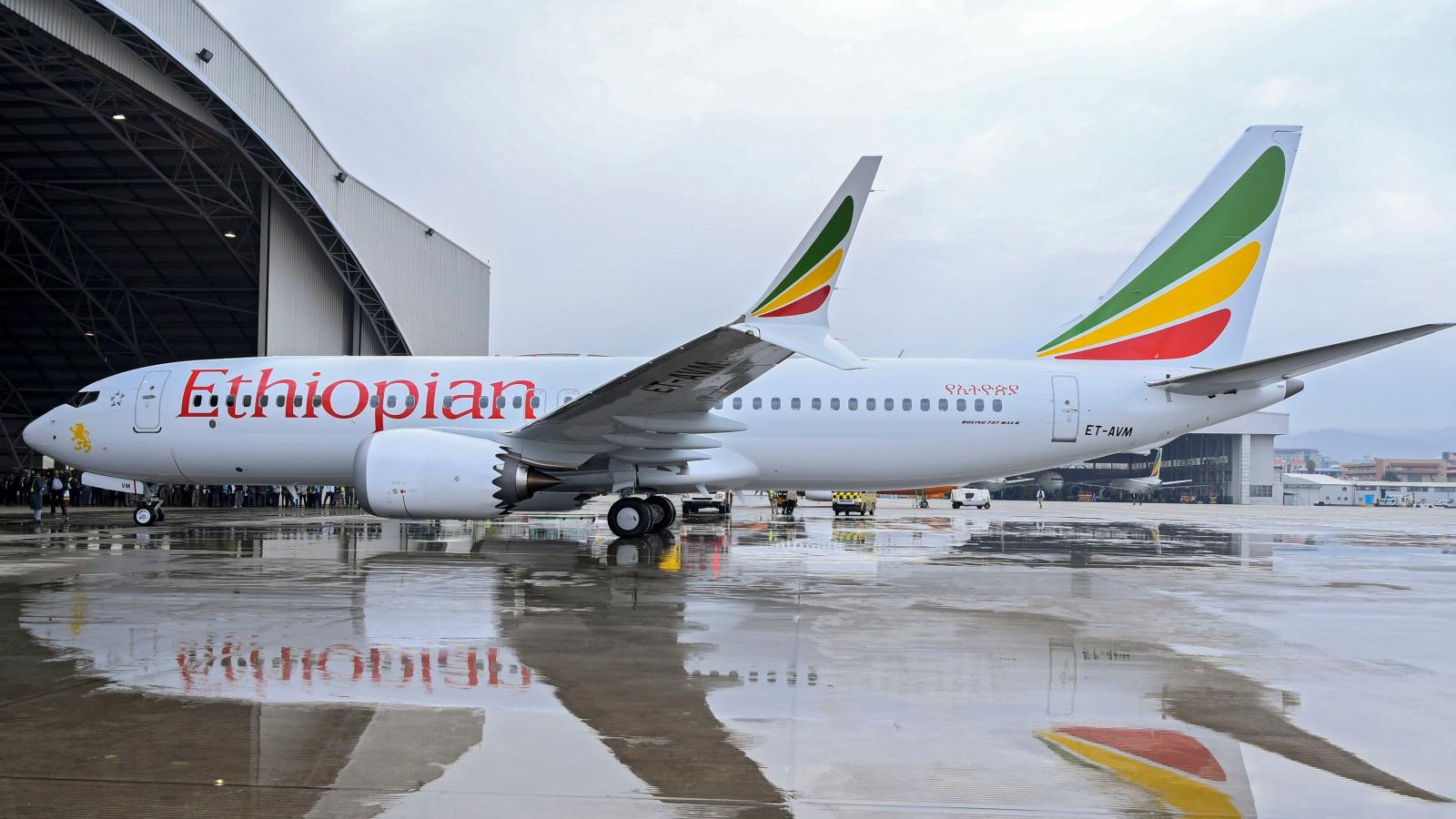News
SOE overhaul, the Ethiopian way
Ethiopian Airlines shows that growth in the aviation sector has the potential to be exponential under the right conditions.

Former Researcher, The Brenthurst Foundation

Director, The Brenthurst Foundation

Ethiopian Airlines has been a notable success story during a period when the aviation business has been seen, in the words of Warren Buffet, as a “great way to make a small fortune from a large one”.
Ethiopian Airlines has grown to become the largest African airline in terms of passengers, and the world’s fourth-largest by the number of countries served. This century the airline has expanded passenger numbers from one million to nearly 11 million in 2018, and its aircraft from 26 to 117. And the airport is catching up, with a new extension opening during 2019 along with the institutionalisation of a visa-on-arrival system.
The airline stands out in Africa where carriers were projected to lose US$200-million, or US$3.50 per passenger, during 2019, even though some governments, including Ghana, Uganda, Tanzania, Zambia and Chad, continue to be drawn to the idea of financing national airlines. In July 2019 Kenya’s parliament voted to fully nationalise the debt-burdened Kenya Airways. A combination of fuzzy nationalism and rent-seeking opportunities continues to plague the sector, in part explaining why long-standing plans to liberalise the continental air traffic market have failed to take off.
Meanwhile, Ethiopian Airlines has flourished thanks in part to the non-interference of government, and the world-class pragmatism of its leaders.
The airline’s CEO, Tewolde Gebremariam, speaks with disarming frankness about the airline’s plans. Having joined Ethiopian Airlines aged 18 in 1984, he returned to Ethiopia from New York in 2004, where he had headed up Ethiopian Airline’s operations. Vision 2010 followed, ‘which repositioned the airline’, he says. The goal was to increase turnover from US$400-million in 2005 to US$1-billion within five years.
By 2010, the airline’s turnover was US$1.3-billion. Cargo and passenger numbers also exceeded projections. Vision 2025 was then put in place. By that date, Ethiopian Airlines aimed to have 120 aircraft flying to 90 destinations internationally and 20 within Ethiopia, with revenue of US$10-billion. Already by 2019, Ethiopian Airlines was flying to 127 destinations, now turning over US$2-billion.
Its success, however, is not in spite of the absence of deep pockets, but because of scarcity.
There are plenty of competitors capable of outspending Ethiopian Airlines in order to gain a foothold on the continent. Turkish Airlines has an increasingly active African network, while Emirates already handles more than five million African passengers annually. In fact, the share of African carriers of the continental market has fallen from 80% to 20%, though overall numbers rose to 88 million by 2019.
Tewolde highlights several factors critical to the airline’s success.
The first is the strong foundation laid by its management contract with Trans-World Airlines (TWA) in 1945. These managerial traits continued beyond TWA’s role, and despite the various governments, from the Emperor through the communist Derg, and into the 21st century. Even though Ethiopian Airlines remains wholly government-owned, there is no government interference. In this he sees the “government-owned, commercially-run” model as having big advantages for such a strategic asset, just as China has been able to achieve, enabling the means to “run the airline for the long-term, not just for one-quarter” driven by the views of outside analysts.
This horizon is demanded by the nature of capital programmes. “The new technology of aircraft,” explains Tewolde, “like the 787 and A350 demanded a longer-term horizon.”
In all of this, there is a “serious” commitment to cost management. “Cost is critical for the airline business,” he reminds, “since it is very difficult to make profits.” As a result, “we are very prudent and very frugal”. The CEO drives a “modest” 15-year old Honda. Likewise, Ethiopian Airlines’ headquarters, just a stone’s throw from the main terminal at Addis Ababa’s Bole Airport, is true to the government’s mantra about keeping overheads low. “You cannot,” he warns, “be as lavish as South African Airways, and expect to survive.”
Naturally, the man at the helm of Africa’s most (perhaps only) successful airline has some advice for flailing national airlines: “Governments need to make flying easy, affordable and safe for the public if countries want to trade,” Tewolde notes. Yet, he says, “Most governments do not have an understanding of the value of aviation but rather see it as a cash cow to pay for other things – they see it as a Minister of Transport for the Rich, so they tax it too high, and constrain growth and service.”

Nowhere is this lesson more pertinent than in the case of SAA. The chances of a recovery from its current situation are slim, and even so, a new SAA would have to look very different from the old one. It will likely have to run on much tighter margins, as non-governmental donors will be scarce, and President Ramaphosa has indicated that the days of South African taxpayers funding inefficiency and mismanagement in SOEs are coming to an end, with stricter conditions to be attached to government bailouts.
A “restructuring” of SAA, an option often touted, can come in one of two shapes, as assets are numbered (the airline leases the majority of its aircraft): either the state must relinquish its 100% stake in SAA and take on one or more private partners in the hope of running the airline with business as usual; or there will need to be a significant tightening of expenses, starting with staff in top management positions. “Performance-based pay” has for too long been an elusive concept among South Africa’s SOEs.
Why bother to save SAA?
Ethiopian Airlines shows that growth in the aviation sector has the potential to be exponential under the right conditions. Tourism to Africa is on the verge of a boom, as global air travel is projected to “take off” at an unprecedented scale in the next decade. Travelling to Africa is typically more expensive than flying to any other region in the world. If, and only if, SAA can be used as a profitable vehicle (literally) for carrying tourists to South Africa, it should not have its wings cut.
Yet, Ethiopian Airlines’ example goes beyond airlines and speaks to all SOEs in Africa, about the significance of a technocratic management team.
Among the 25 state corporations in Ethiopia itself, most have done poorly, especially the Ethiopian Sugar Corporation, along with those concerned with telecoms, railways, agriculture and chemicals. Overarching problems of corporate management in these bodies have been compounded by preferential political access. METEC, an engineering corporation run essentially by the military, offers, for example, a quite different story to ET, one that threatens to undermine the economy while prompting increasing levels of corruption, as the experience has been in South Africa.
This article was originally published on The Daily Maverick.

